The field of artificial intelligence has long been divided between two competing paradigms: the intuitive, data-driven approach of neural networks and the rigid, rule-based systems of symbolic AI. For decades, these camps have operated in parallel, each with distinct strengths and weaknesses. But a new wave of research is challenging this dichotomy by merging the two approaches into neurosymbolic systems—hybrid architectures that combine neural networks' pattern recognition with symbolic AI's reasoning capabilities.
At the heart of this movement lies a pressing concern: the notorious "black box" problem of deep learning. Modern neural networks, particularly deep learning models, excel at processing vast amounts of data to recognize patterns and make predictions. Yet their decision-making processes remain opaque, even to their creators. This lack of interpretability poses serious challenges in critical applications like healthcare diagnostics, autonomous vehicles, and judicial systems where understanding why an AI reached a particular conclusion is as important as the conclusion itself.
Neurosymbolic AI offers a compelling solution by integrating the statistical power of neural networks with the transparent reasoning of symbolic systems. Imagine a medical diagnosis AI that not only detects potential tumors in radiology scans but can also explain its findings using medical knowledge graphs and logical rules. Such systems don't just predict—they understand and articulate their reasoning in human-comprehensible terms.
The fusion isn't merely theoretical. Tech giants and academic labs are making tangible progress. Google's DeepMind has demonstrated neurosymbolic approaches that outperform pure neural networks in complex reasoning tasks. MIT researchers have developed models that learn visual concepts as symbolic programs while maintaining neural networks' flexibility. These hybrid systems show particular promise in areas requiring both perception and cognition—like interpreting ambiguous sentences or making ethical decisions in unpredictable environments.
What makes neurosymbolic architectures uniquely powerful is their bidirectional flow of information. Neural components handle messy, real-world data (images, speech, sensor readings) and extract meaningful patterns. These patterns then feed into symbolic reasoning engines that apply rules, constraints, and knowledge representations. Crucially, the symbolic layer can also guide the neural component, focusing its attention or correcting errors through feedback loops absent in conventional deep learning.
Challenges remain, of course. Integrating these paradigms requires overcoming fundamental differences in how they represent and process information. Neural networks thrive on continuous, high-dimensional data, while symbolic systems operate on discrete, structured representations. Bridging this gap demands innovative techniques like neural theorem provers, differentiable logic, and novel training paradigms that don't sacrifice one approach's strengths for the other's.
The implications extend beyond technical circles. As AI systems assume greater responsibility in society, their inability to explain themselves becomes increasingly problematic. Regulatory frameworks like the EU's AI Act are beginning to mandate explainability for high-risk applications. Neurosymbolic approaches could provide the necessary transparency while maintaining the performance benchmarks set by deep learning—a crucial balance for earning public trust.
Looking ahead, the neurosymbolic paradigm may redefine what we consider "intelligent" machines. Rather than choosing between statistical pattern recognition and rigid rule-following, future AI systems might seamlessly blend both—much as human cognition integrates subconscious intuition with deliberate reasoning. This convergence could finally move AI beyond narrow specialization toward more general, adaptable forms of intelligence that learn, reason, and explain like humans do.
For businesses and developers, the message is clear: the next frontier of AI won't belong exclusively to neural networks or symbolic systems, but to architectures that harness their combined potential. Early adopters experimenting with neurosymbolic techniques today may gain significant competitive advantages as these methods mature—particularly in domains where trust, safety, and interpretability are non-negotiable.
The journey toward explainable, trustworthy AI is far from over, but neurosymbolic integration offers a promising path forward. By uniting the two historically opposed approaches to artificial intelligence, researchers are building systems that don't just perform—they understand and communicate their understanding. In doing so, they're not just opening the black box of deep learning; they're reconstructing it with transparent walls.
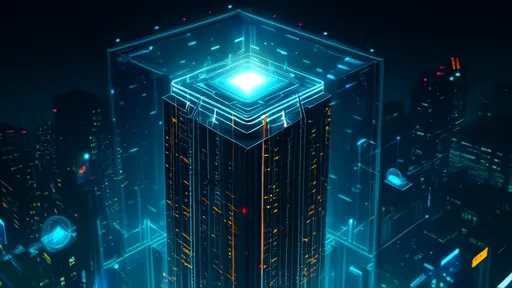
By /Jul 2, 2025
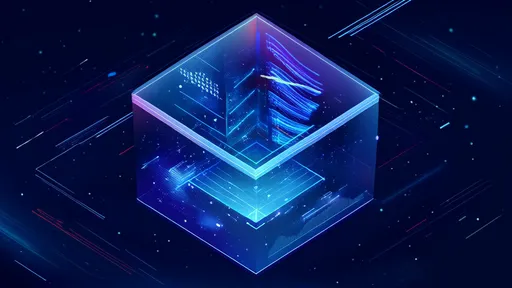
By /Jul 2, 2025
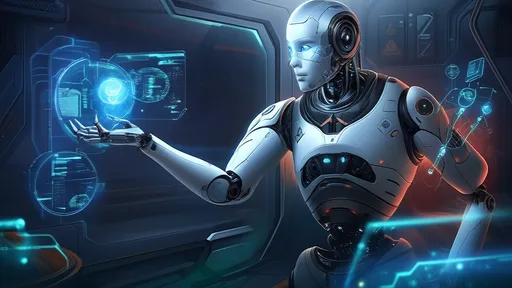
By /Jul 2, 2025
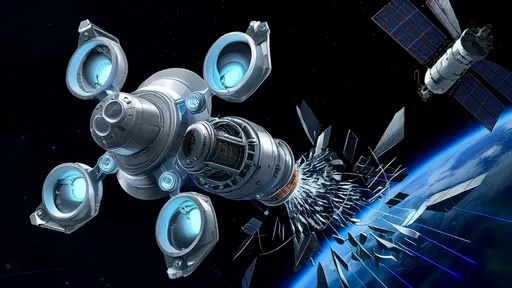
By /Jul 2, 2025
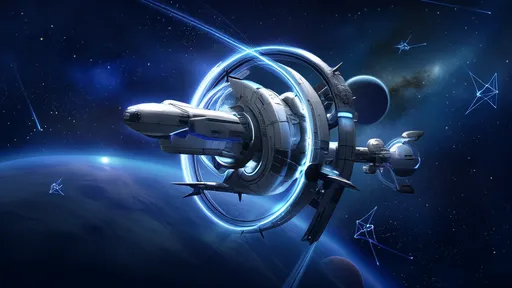
By /Jul 2, 2025
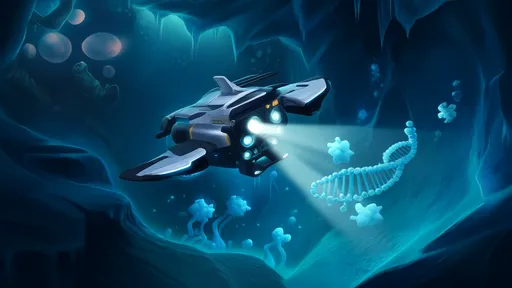
By /Jul 2, 2025
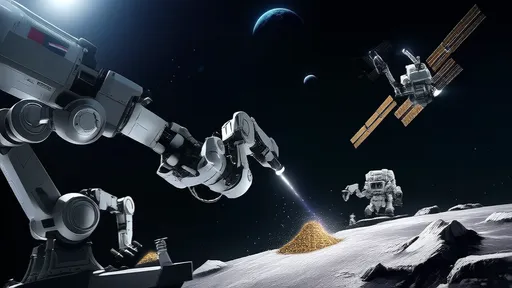
By /Jul 2, 2025
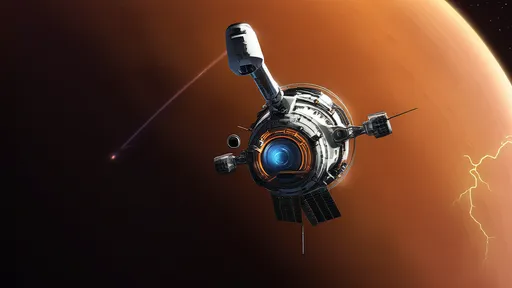
By /Jul 2, 2025

By /Jul 2, 2025
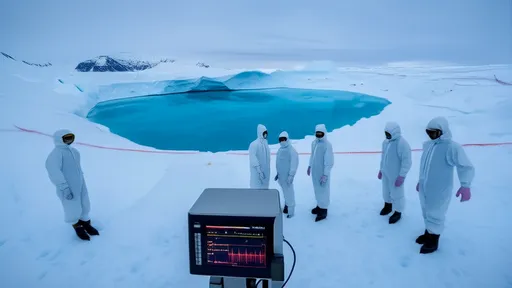
By /Jul 2, 2025
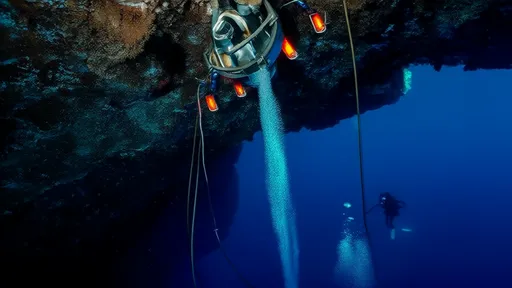
By /Jul 2, 2025
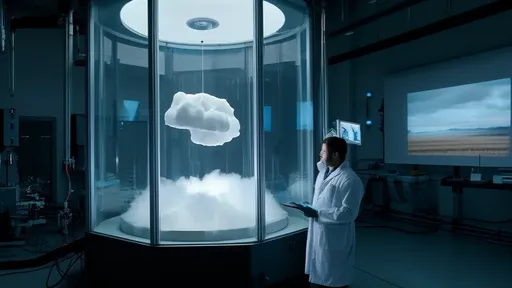
By /Jul 2, 2025
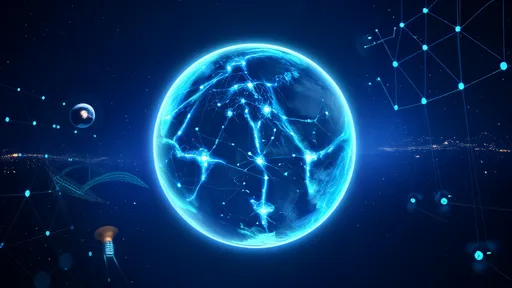
By /Jul 2, 2025
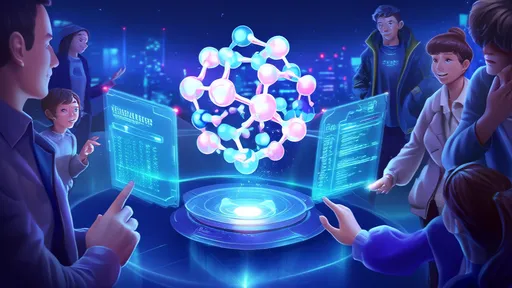
By /Jul 2, 2025
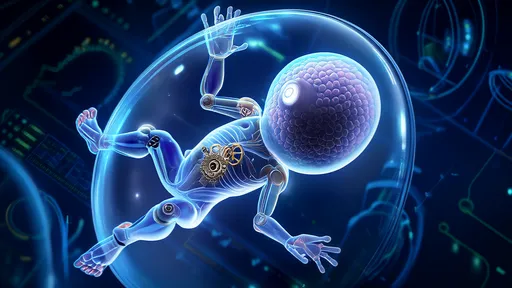
By /Jul 2, 2025
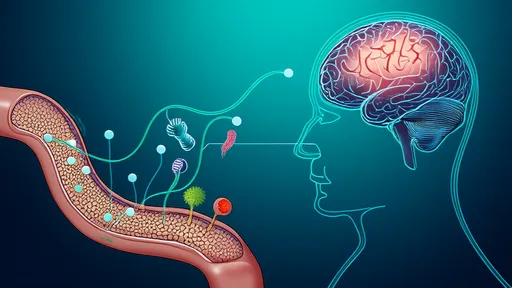
By /Jul 2, 2025
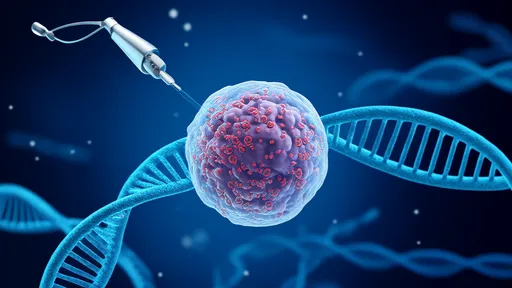
By /Jul 2, 2025
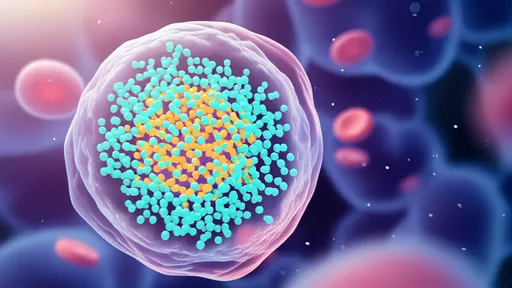
By /Jul 2, 2025
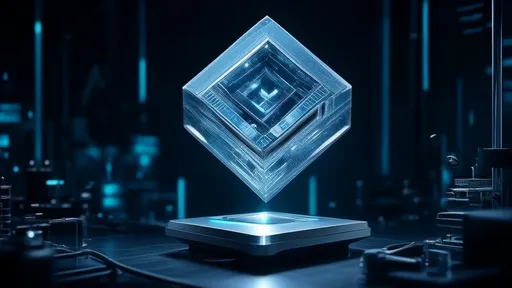
By /Jul 2, 2025
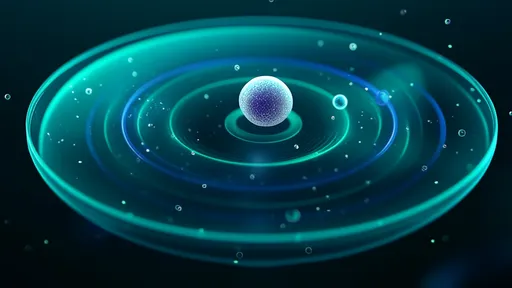
By /Jul 2, 2025